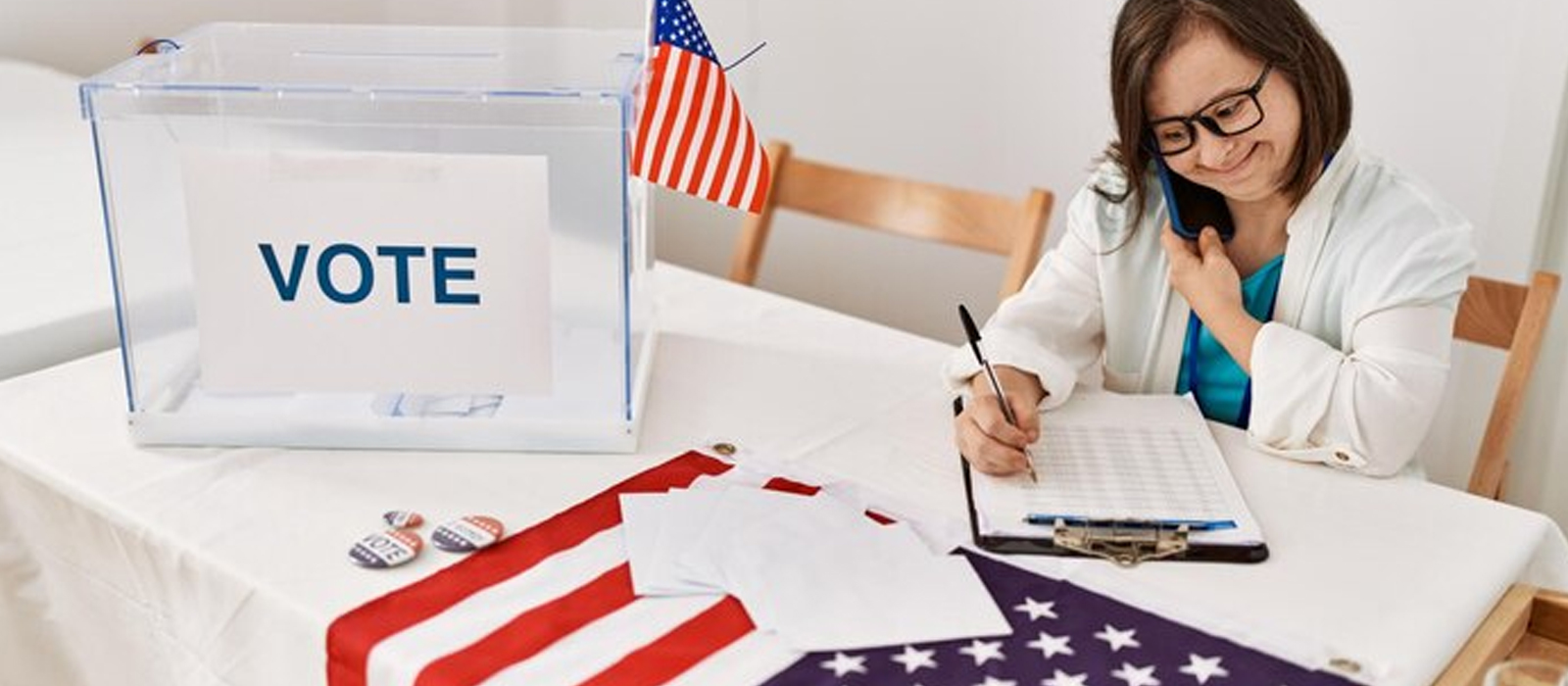
Some things seem both endless and cyclical: Midwest winters, The Walking Dead, and Madonna’s thirst for attention. They pause briefly, and then we grudgingly accept they’ll be back for no good reason.
This reality could be applied to American elections. The actual voting of a candidate happens in one short day, but the lead-up is months if not years, and we accept the Groundhog Day churn for no good reason. Even with this year’s presidential candidate, barring an extreme event, the population will be left with a sequel of the 2020 candidates paired with the same narratives, controversies, and polarities.
Except for one factor worth looking at: the Indian American presidential candidate.
Although no match for Donald Trump, Nikki Haley and Vivek Ramaswamy, both Indian Americans, have made a huge splash during the GOP presidential campaigns. It would not be a surprise if they became instrumental in the future of the Republican Party or even appeared in prominent positions if Trump is elected for a second term. On the other hand, Vice President Kamala Harris, another Indian American, will remain a powerful influence in the Democrat machinery regardless of the presidential election’s outcome.
Are Haley, Harris, and Ramaswamy features or bugs of an evolving society with more representation in politics? What does it mean for Indian Americans in general?
As always, the answers are not black and white, but the data can lead to insights for market research or political pundits rising from the many media swamps this year.
American Indians Ain’t Right
Two realities don’t add up to what should be an obvious truism: American Indians have a home with the political right. Those two realities are:
The actual reality is that Indian Americans lean heavily toward the Democratic Party. A 2020 Indian American Attitudes Survey revealed that nearly three-quarters of Indian Americans planned to vote for Joe Biden during that presidential election (and they donated more than $3 million to the 2020 Democratic race). What’s more, Beyond GOP politics, almost all state legislators and all five Indian Americans in Congress are Democrats. The latter are:
Why is that? There are several factors:
However, the Indian Americans’ preference for the Democratic Party could change. Even now, Blacks and Hispanics are migrating to the GOP in record numbers as populism becomes more palatable and Republicans increasingly focus on working-class issues. Time will tell, and it won’t be easy to gauge. After all, despite lore, Indian culture is itself diverse, just as India is as much of a melting pot as the US. As Muhammad Ali Jinnah said, “India is not a nation, nor a country. It is a subcontinent of nationalities.” One can see this on our shores in the vast differences between Haley and Ramaswamy: The former is an ultraconservative Christian who finds a home in the hawkish corners of the GOP, while the latter is an open-mind, moderate Hindu who leans more towards isolationism and diplomacy. Harris herself has evolved through time, from an aggressive, tough-on-crime San Francisco Attorney General to a progressive US Vice President.
Trump received 22 percent of the Indian American vote, so it will be interesting to see if this shifts this year despite or because of the impact of Haley and Ramaswamy.
The Indian American Values
What makes Indian Americans tick (or get them to vote)? One hot-button issue that garners almost no relevance to this demographic is immigration. India and the US (and Canada) have always had streamlined and mutually beneficial immigration policies, including worker exchange.
At the same time, research shows that Indian Americans are very proud of their ethnicity, with 75 percent seeing “Indian-ness” as important or somewhat important to their identity. The research further reveals that Indian Americans:
Probably not shocking to anyone of Indian culture, there is little agreement on many issues. Polarization can happen within Indian American communities in the US. In fact, the term “Indian American” is a contested identity and not universally embraced. Even racial discrimination doesn’t fall on either side, with 50% saying they have been discriminated against based on their skin color.
Indian American as a Consumer
Despite being less than two percent of the American population, Indian Americans are the most affluent Asian American consumers. They possessed an estimated $212 billion to spend as of 2016. Their buying power increased at nearly triple the rate of the total US during the past decade — skyrocketing 314 percent between 2000 and 2019. Indian Americans have followed the “Modi-fication” of India, being far less frugal when it comes to consumer goods.
Indian Americans are among the most highly educated groups in the US. Seventy percent of those aged 25 and older had college degrees in 2010 (the highest rate among the six Asian-American groups and more than twice the overall American population). Forty-one percent of Indian Americans 25 and older have graduate or professional degrees, and 32 percent have bachelor’s degrees. An additional ten percent possess some college education.
What Does This Mean?
Indian Americans remain an untapped marketing goldmine, especially when employing Indian themes and figures that honor their culture. However, making predictions this year on any political demographic is a shaky bet until that rare voting day on November 5. As mentioned, Blacks and Hispanics are bleeding away from Democrats, and in 2020, White suburban women rapidly shifted towards Biden. The political season may be endless and cyclical, but we must admit it’s sometimes volatile. However, Indian Americans will likely remain primarily with the Democratic Party while continuing to be conservative to moderate in their attitudes and beliefs.
For a safer bet in the future, Indian Americans will parallel most other voting groups: voting with their wallets come election day. All American demographics are as happy about inflation as they are about a Midwest snowstorm.